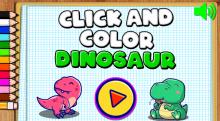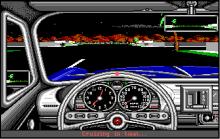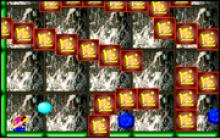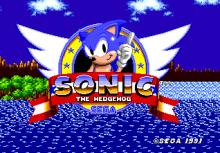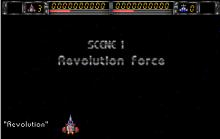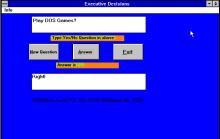After the War
Press Keyboard right side: Alt+Enter keys to switch to full screen game play, and Alt+Enter keys to return.
How to play After the War
Each game uses different controls, most DOS games use the keyboard arrows. Some will use the mouse.
After the War Description
After The War is a video game in which the player controls a character through a post-apocalyptic city, probably after a nuclear war. Released and unreleased artworks by Luis Royo and Alfonso Azpiri reveals that the city should be a post-nuclear version of New York City.
Game was published in 1989 by Dinamic Multimedia (Dinamic Software at the time of publishing of the game), and consisting in two separated parts, being the second one only accessible by typing a password obtained by successfully finishing the first.
Character movements were slightly different in both parts: common movements where to move left and right, to jump and to duck. While in first part the only way of fighting is using fists and legs, second part gives the character the ability of using some kind of futuristic gun. Both loads featured some parts with two levels.
Some 16 bit versions featured digitized voices. Some ports featured tricky graphical effects (e.g., the Amstrad CPC version included both mode 0 and mode 1 graphics at a time). After The War featured two of the classical “FX” brands of Dinamic, the FX double load (consisting on two separate parts to get advantage of computer memory) and FX giant sprites, that made use of very big sprites that can be even ¾ of the total play area height. Note that those “FX” brands are simply commercial names that Dinamic used to name some features of its games.
The “giant sprites” trick was that sprites were composed by a set of small parts that allowed reusing of those parts in different characters (e.g., a lot of enemies share the same trousers and leg movements). In some ports, a problem with the vertical sync of the monitor lets the player to easily see this trick (sometimes characters got rendered divided in two clearly different slices).
First part is localized in the streets of the city, and is just a sequence of fights with minor enemies and some big bosses; target is to find the entry to the city underground transport, that is in the opposed part of the map.
Second part is localized in the railways and stations of the city underground transport. Some enemies are bigger than in the first load, and more complex in design.
A few computer magazines published notes about a coin-op version of the game that was never released.

After the War - additional information








